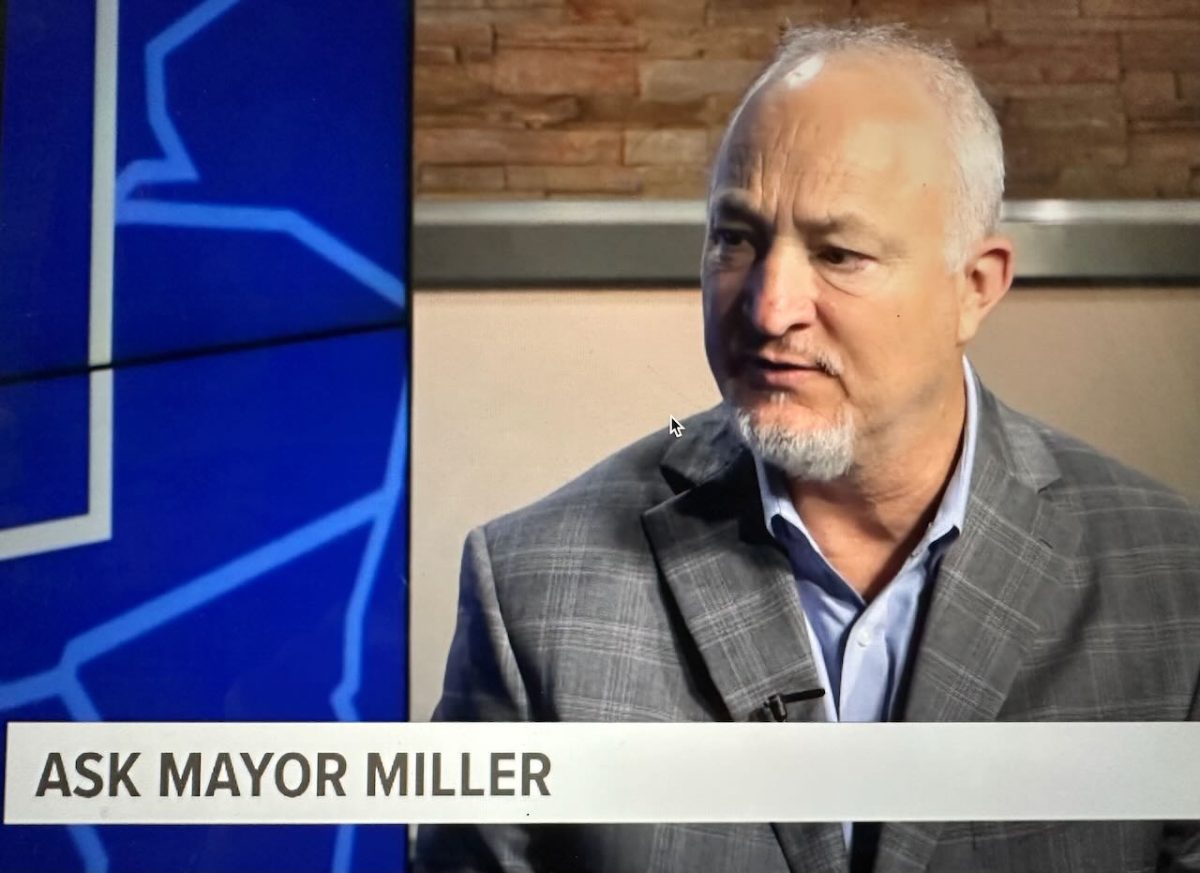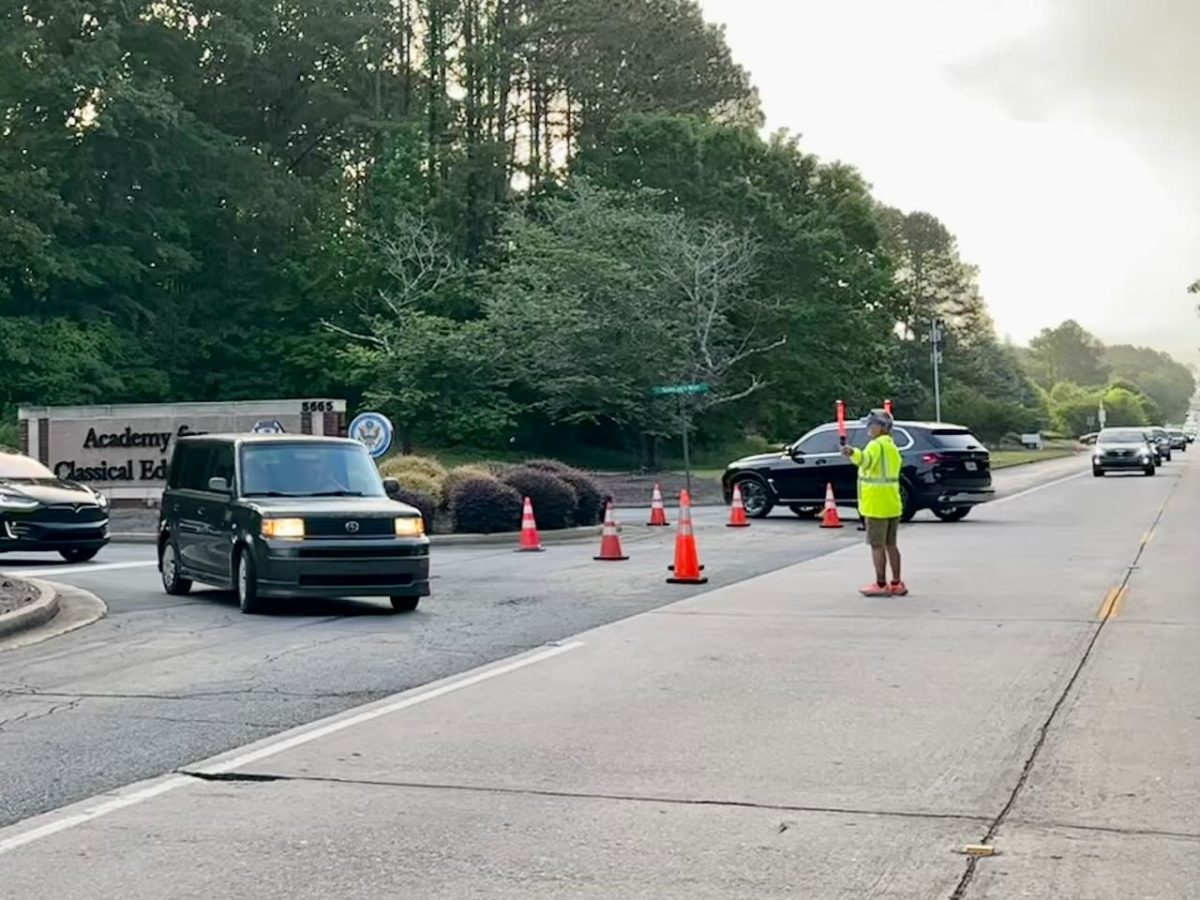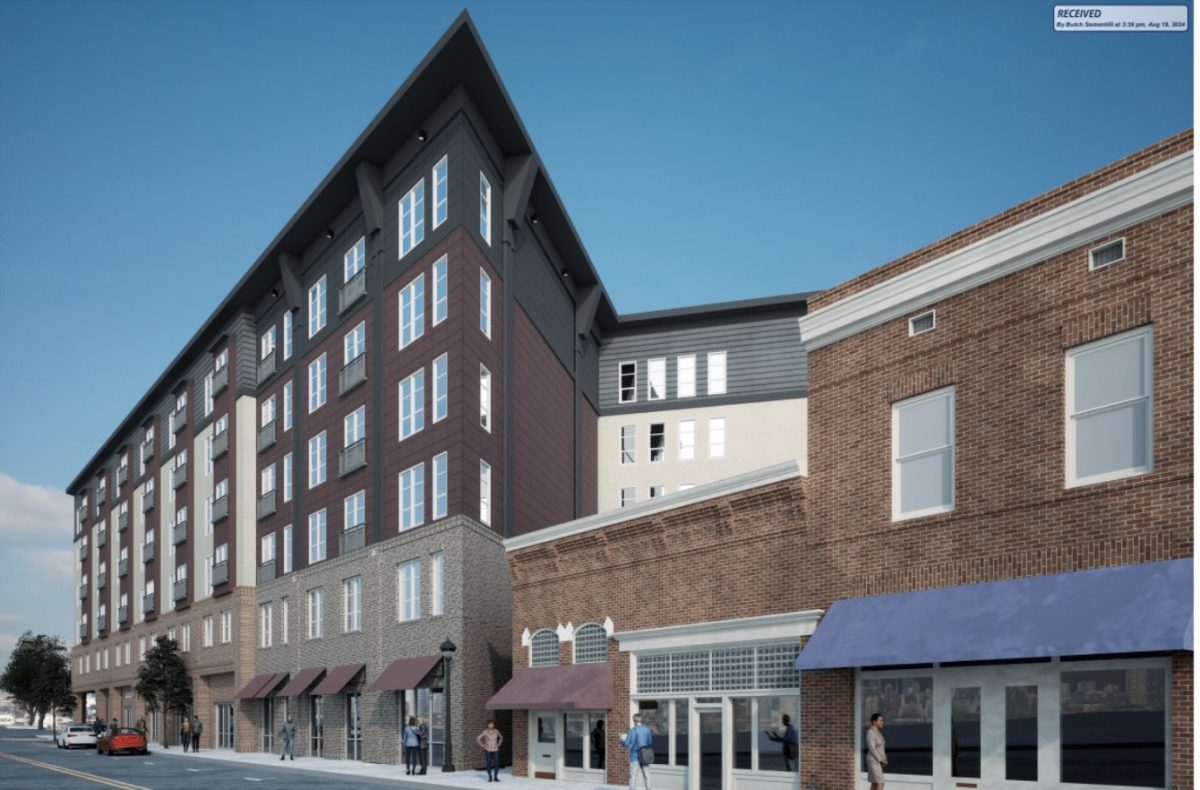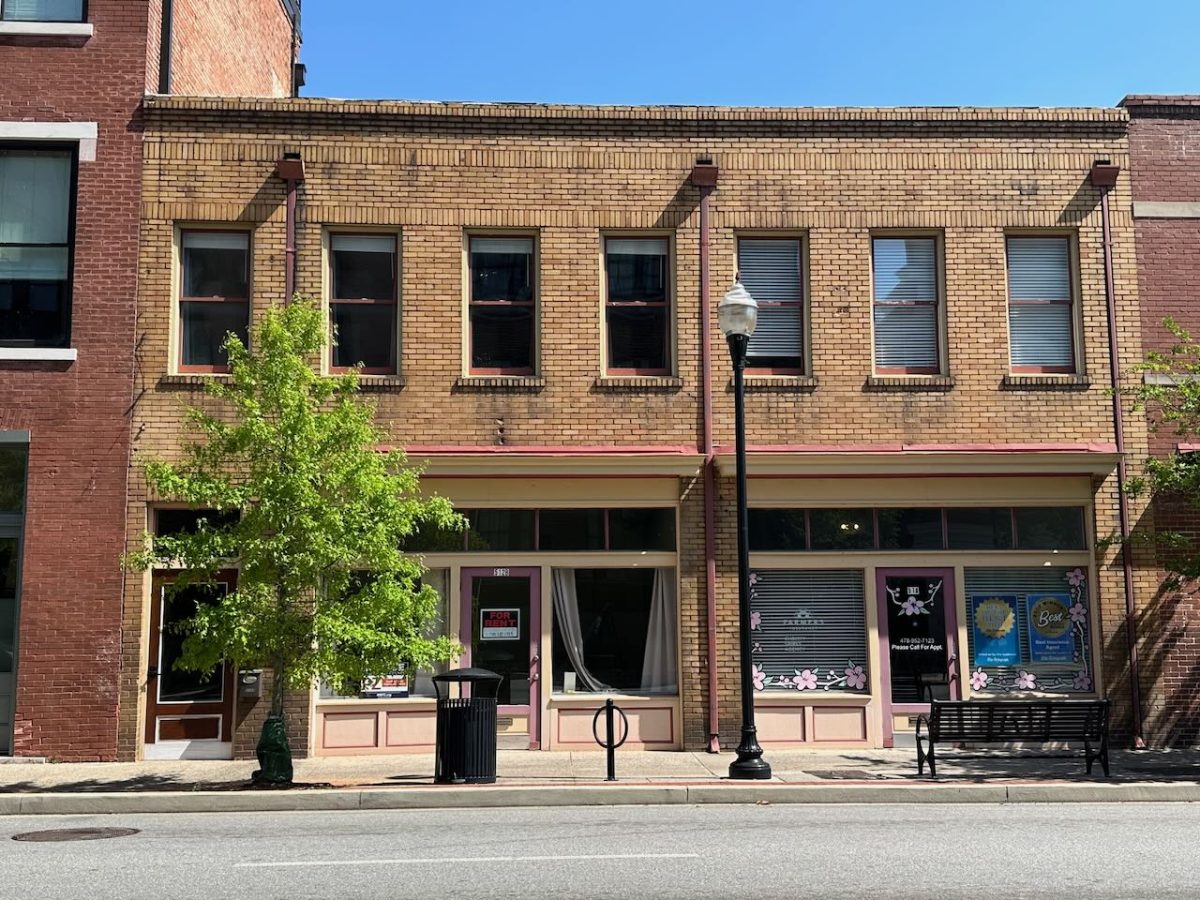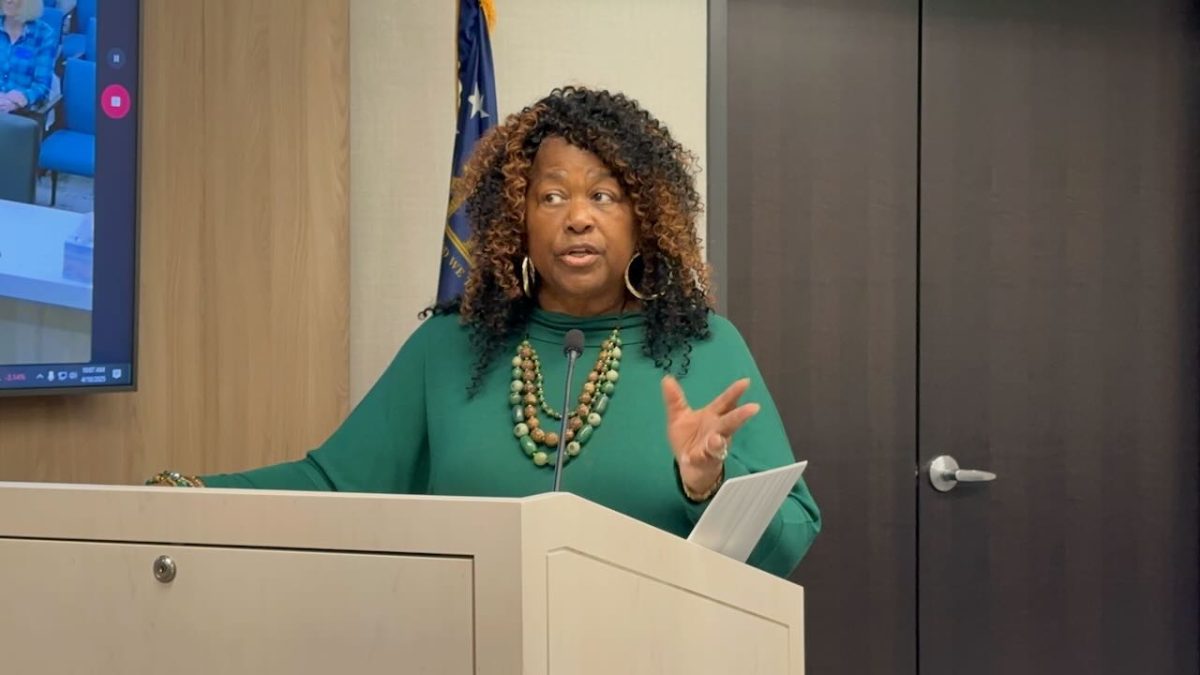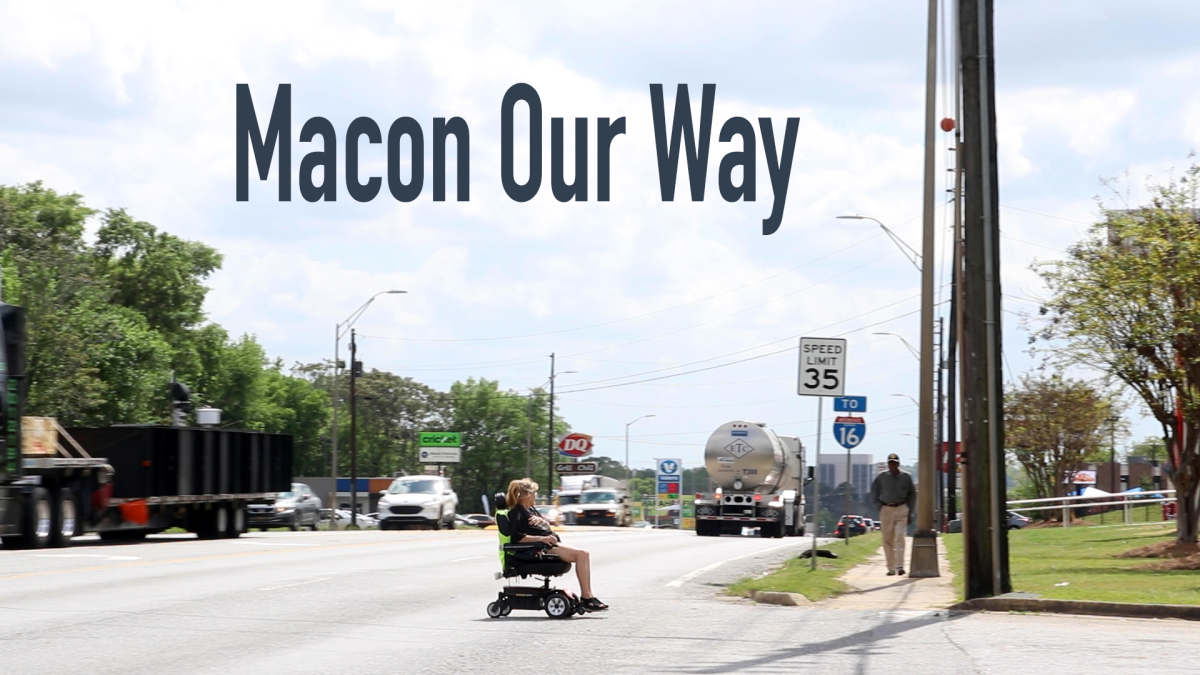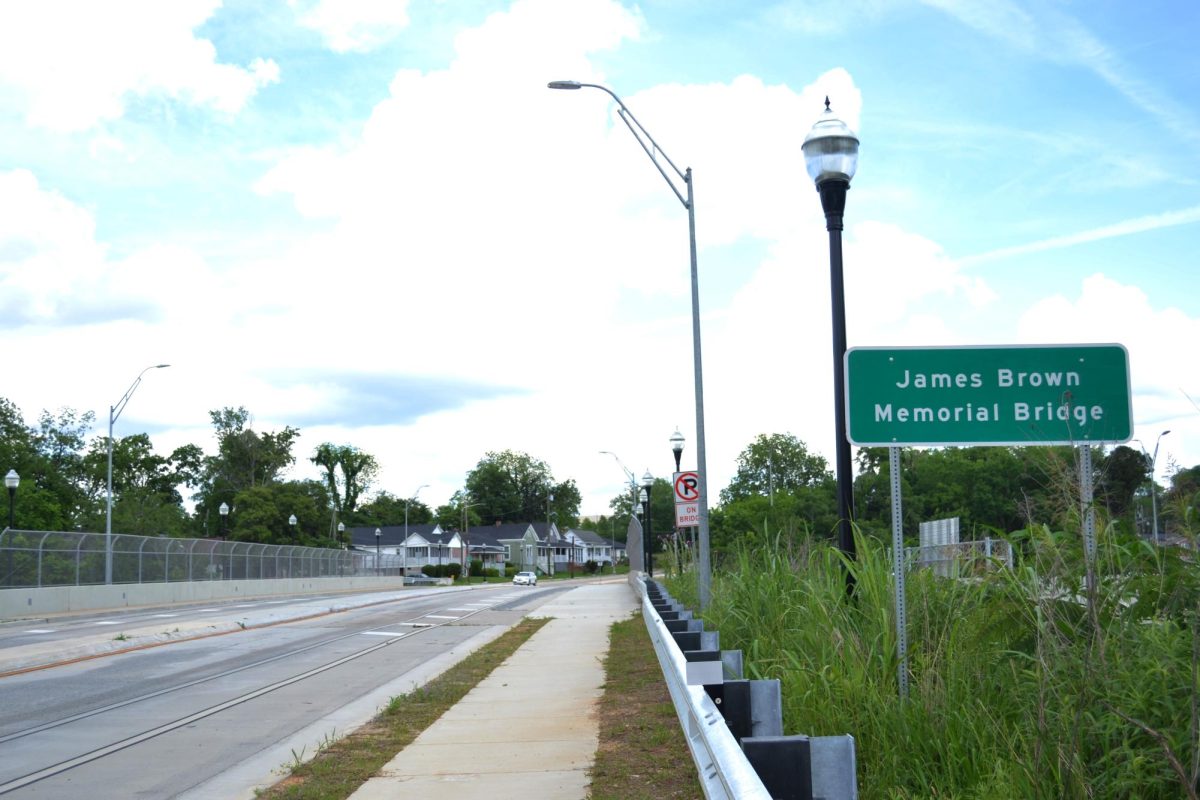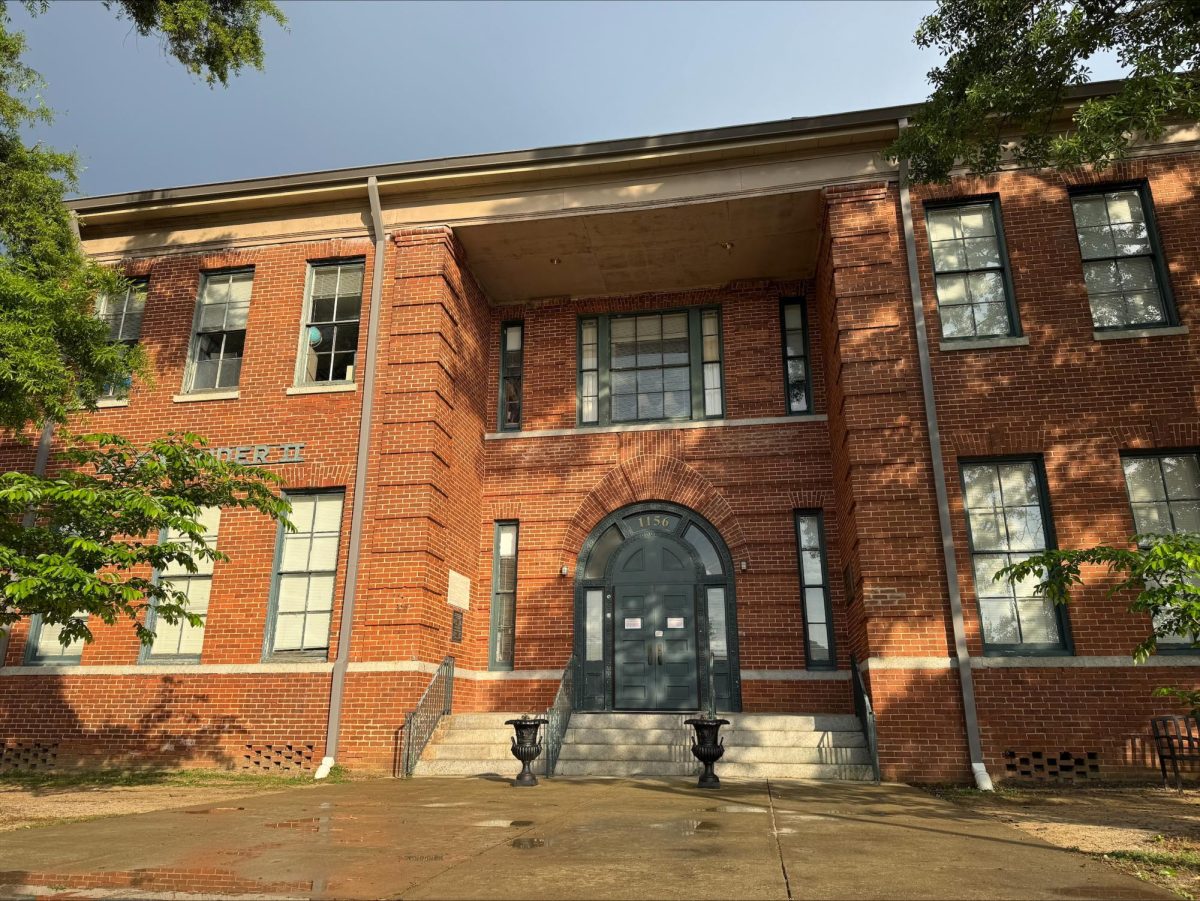Plans to complete yearslong abandoned phases of existing subdivisions present a problem for existing homeowners trying to maintain neighborhood standards.
Monday, Macon-Bibb County’s Planning & Zoning Commission heard from many people opposed to new developments off Hartley Bridge and Heath roads, but they approved all but one of the proposals at Monday’s hearing.
Beginning at the June 24 hearing, dozens of Oakview residents opposed higher density developments near the neighborhood entrance at 3535 Hartley Bridge Road, and at 670 Britton Way on the back end of the subdivision. Both patches of land were originally set aside for future phases.
Last month, P&Z sent the developer back to the drawing board to provide a 50-foot undisturbed buffer around the smaller homes and better greenspace options to justify clustering houses on smaller lots.
The revised plans for a 34-lot subdivision on nearly 22 acres off 3535 Hartley Bridge Road still relied on land around a largely unmarked cemetery, which P&Z’s executive director Jeff Ruggieri said does not qualify as a common area of greenspace.
Gary Furrow, representing Garden Street Communities Southeast, said the latest plan has 53,000 square feet of a “tot lot” and play area around the 63,000-square-foot cemetery that would be surrounded by a black chain link fence.
“You want the children to play in that area?” P&Z’s Keisha Stafford asked. “I wouldn’t call anything around the cemetery as open space. That’s my thought.”
Stafford also wasn’t comfortable approving the project since new revisions to the site were submitted shortly before the hearing and staff did not have adequate time to review.

The sloping topography presents a stormwater runoff challenge for existing homes and Furrow had yet to submit the separate grading plan.
Donnie Hamrick lives along Oakview Club Road at “No Name Road,” the paved stub he uses to get to his driveway, that would become the entrance to the new homes. The steep grade already presents drainage problems and is not suitable for two-way traffic, he said. He also is worried about relaxing the standards for building materials and lot sizes.
Jeff Rowe, who is on Oakview’s Architectural Control Committee, raised similar concerns about new homes not being held to existing covenants. Rowe wondered whether the new homeowners would financially support the upkeep of the new development and its retention pond.
“I don’t want other (existing) phases to be responsible for that,” Rowe said.
P&Z Vice Chair Tim Jones, who led the meeting in the absence of Chair Jeane Easom, said it’s P&Z commissioners’ role to consider all sides before rendering a decision.
“To me, it’s too problematic. I’m personally not in favor of the project,” he said.
All four commissioners voted against it.
Furrow’s quest to build a 29-lot cluster development on the back end of Oakview also had opposition.
Melynn Canova and Mark Adams don’t want new homes built as close as 5 feet from their backyard, or a new road along their side yard and the 12-foot pile of dirt they anticipate being left behind after construction.
“We are most directly affected by this project,” said Canova, who just bought their Golden Oak Drive house March 1. “They will build inferior houses to the existing development and place them within a few feet of our property line.”
Canova said Furrow’s plans for lots 1, 2 and 3 would do irreparable harm. Previous plans for that section of Oakview left those areas undeveloped, likely due to the steep grade.
Rick Stevens, who lives on Wood Oak Drive, shared his major concerns about road conditions, safety, way of life and the “intrusion on this fine couple.”
During deliberations, Stafford suggested removing houses from lots 1, 2 and 3 and use the property for the required greenspace instead of the golf cart path, which would have been relocated under the applicant’s proposal.
“I think that would actually help alleviate some of the issues with those three and I think there’s a reason why they weren’t going to be developed,” she said.
Furrow agreed to make that land organized green space. Commissioners approved the project with the revised plan for 26 homes.
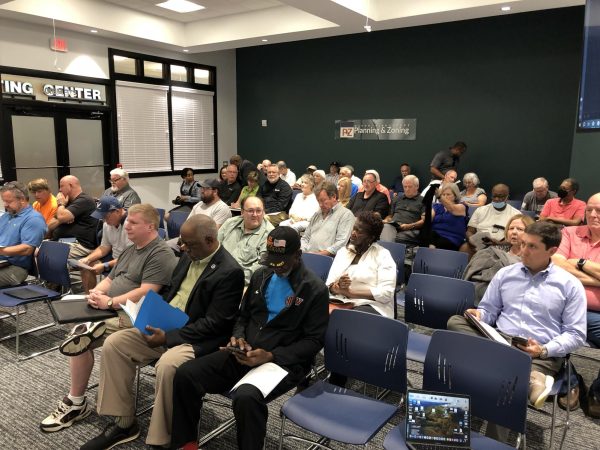
P&Z also heard from Heath Place neighbors concerned about plans for 79 new houses in the neighborhood across from Westside High School.
Engineer Steven Rowland requested that more than 26 acres be rezoned to R-1, which allows higher density development than the R-1AAA of the first phase of Heath Place. That development required 20,000-square-foot lots and 80-foot frontage. The builder plans lots that are 65 feet wide and 120 feet deep.
The home of David Hamlen on George Oxford Drive would back up to the new, smaller homes. He was worried about the impact on property values and traffic since it’s already difficult to pull onto Heath Road during football season, Hamlen said.
Pamela and Charles Richardson have lived across from Hamlen’s property for over 25 years in Phase 1 of Heath Place.
“We have concerns about the number of units that will be placed in our subdivision and still being called Heath Place, which is not reflective of where we live now,” she said. “I believe in affordable houses but we don’t have any indication what type of homes those will be, or what size.”
Her husband shared concerns about increased traffic and thought projections are too low for only 28 new school-aged children moving in.
The application estimates the development will generate 838 trips per day on Macon-Bibb County roads with 66 in morning rush hour and 86 in the peak evening hours on Heath Road. The staff report said those projections are within the road’s capacity.
The Richardsons sought a reduction in home density and more information about home sizes. Density is expected to be 3.15 houses per acre, not counting open space in the development.
Rowland offered to review any existing covenants that apply before beginning Phase 2 and agreed to provide a 30-foot undisturbed buffer on the western property line between the two phases of development. P&Z approved the rezoning on those conditions.
No one opposed Rowland’s other agenda item to add 53 new housing lots, including six that are at least an acre in size, for Treetops Phase 3 off 6300 Moseley Dixon Road. Larger lots were to accommodate septic tanks where the lay of the land won’t permit connecting to the gravity sanitary sewer.
P&Z approved the project as long as the developer installs a fence along the smaller lots on Pineworth Road.
Bucking rules through the roof
Marvin Peavy, the owner of multiple apartment complexes in Macon clashed with P&Z after his contractor applied for a roofing permit and installed unapproved materials after being told not to.
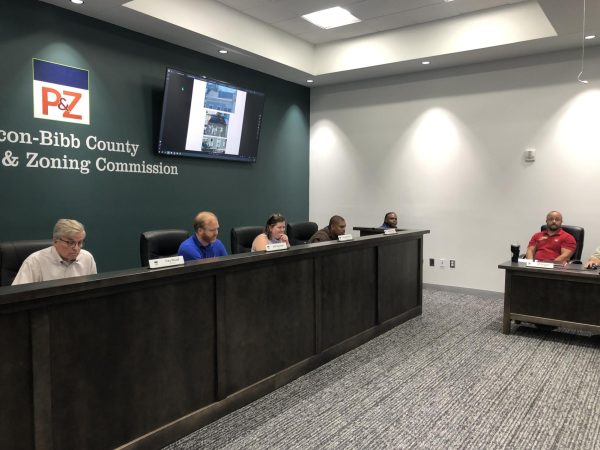
On July 15, the Design Review Board denied contractor Joey Hutto’s after-the-fact application to install MasterRib metal panel roofing material over existing shingles at 2056 Vineville Ave. That material is not permitted in the Vineville Historic District, nor does P&Z allow covering up existing shingles unless a structural engineer determines it won’t compromise the integrity of the roof.
Historic District design guidelines state: “New roofing materials should match the original size, shape, color and texture.” If original materials are not available, more contemporary types of metal roofing may be used, but only standing seam, flat seam and metal shingles are allowed.
P&Z Executive Director Jeff Ruggieri said P&Z inspectors found construction underway without the necessary permits and halted work on the site.
“The whole thing has been mind boggling,” Ruggieri told the DRB.
Peavy said they had to make repairs in advance of Hurricane Beryl in case the storm changed direction, although computer models didn’t show a likely path toward Middle Georgia.
“We had massive leaks and I’ve got customers hollering at me,” Peavy said.
Hutto told DRB he’s installed similar roofs all over Georgia in many towns.
“This is the first one that doesn’t approve MasterRib,” he said.
Peavy explained that the other materials are much more expensive.
“You’ve got your rules,” he said. “I’m just trying to make a living and beautify Bibb County.”
He made his case again before P&Z, since DRB is an advisory board and decisions are not binding. Ruggieri defended the denial of MasterRib roofing, which staff noted can leak if rubber washers deteriorate where the material is fastened.
“As far as metal roofs go, I’ve worked in three different historic communities and none of them allowed that because it looks like a barn,” Ruggieri said.
Peavy persistently challenged the commission and staff in a push for approval, but Jones pressed him to admit that he deliberately disregarded P&Z’s instructions. The application was denied.
Benjamin Sapp also learned the hard way that MasterRib roofing material is not allowed in the Vineville Historic District. P&Z inspectors halted his work on an addition to 360 Rogers Ave. when they discovered the wrong material being installed.
After Sapp told the DRB he would switch to approved materials, they recommended approval. At Monday’s hearing, Sapp said he has chosen architectural shingles for the project and was granted the certificate of appropriateness for the work to resume.
At 632 Arlington Place in the InTown Historic District, homeowner Michael Conley could not find replica materials for the tin metal roofing sheets embossed with a shingle pattern that were original to his 1880 house.
Conley initially thought he had to use the more expensive standing seam metal, but heeded the advice of his roofer to check with the Design Review Board. They approved architectural shingles, new gutters and downspouts and installing Thermoplastic Polyolefin, or TPO, membrane on the flat section of roof. P&Z concurred with DRB’s decision.
Other agenda items
- 420 Cotton Ave. — Certificate of appropriateness granted for signage at the Otis Redding Center for Performing Arts. Illuminated lettering on two sides of the building will face Cherry Street and Cotton Avenue and a freestanding Zelma Redding Amphitheatre sign will be at the corner, facing Cherry Street.
- 544 Cherry St. — After some tweaking, the Design Review Board signed off Piedmont Construction’s facade improvements on the old Fashion Avenue location. Removing the old metal tiles revealed damage to two historic storefronts underneath. Before approval, architects reworked the design upon suggestions from the DRB to help complement the existing streetscape.
- 235 Buford Place — Certificate of appropriateness granted for the Bartons to replace rotten Masonite siding with a more durable cementitious Hardie Board siding.
- 119 Hines Terrace — DRB approved the design of a fence and gates made of black aluminum. P&Z agreed to issue the certificate of appropriateness.
- 1639 Burton Ave. — P&Z deadlocked 2 to 2 on this application for a barbed wire fence and will vote again in a future meeting when the presence of a fifth member could break a tie.
— Civic Journalism Senior Fellow Liz Fabian covers Macon-Bibb County government entities for The Macon Newsroom and can be reached at fabian_lj@mercer.edu or 478-301-2976.






